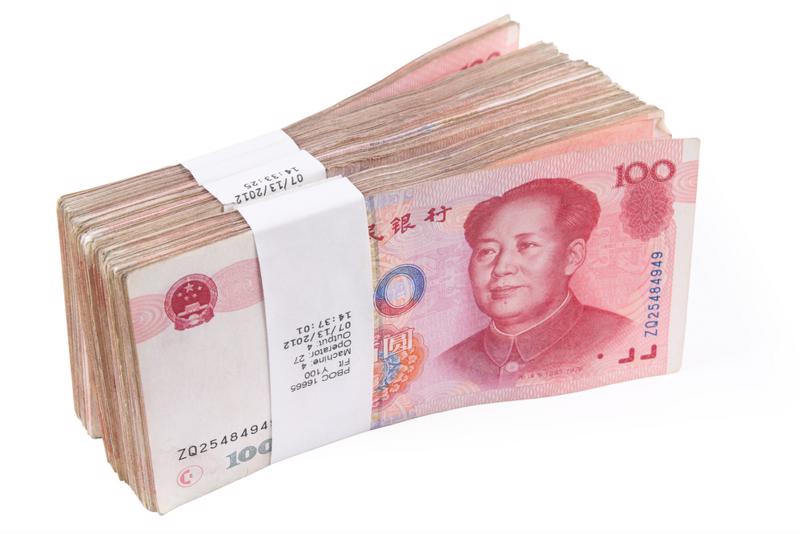As Trans-Pacific Partnership (TPP) talks once again stall, Asian countries are localizing their focus in hopes of getting a separate trade agreement done.
The Regional Comprehensive Economic Partnership (RCEP) is similar to TPP in that it purports to dissolve trade barriers between Pacific countries, but beyond that the deal in the works is actually seen as a sort of competitor to TPP. The free trade agreement involves the 10 members of the Association of Southeast Asian Nations (ASEAN) – Brunei, Cambodia, Indonesia, Laos, Malaysia, Myanmar, the Philippines, Singapore, Thailand and Vietnam – as well as Australia, China, India, Japan, Korea and New Zealand, countries which all already have their own deals in place with ASEAN. The negotiations – which began in 2012 – aim to create an open trade environment in the region.
“RCEP aims to create an open trade environment in the region.”
Following TPP delays, Asian countries turn to RCEP
With TPP talks caught up on auto parts and dairy, RCEP countries have turned, instead, to hashing out the local deal in terms of getting something done concerning of free trade, before the year is up. The latest meeting between the countries was quite productive, according to accounts given by those involved. Mustapa Mohamed, the Malaysian trade minister, for example, was confident coming out of the most recent RCEP discussions.
“The biggest issue we resolved today was agreement on modality in goods, meaning the level of tariff reduction,” he explained, according to The Australian Financial Review. “I consider this to be a major achievement.”
Australian trade minister Andrew Robb was also bullish on the latest round of discussions. He described ASEAN as “the strongest area in the world,” according to Channel NewsAsia, and expressed hope that negotiations would continue in a positive manner in order to promote future growth. Negotiators from the 16 RCEP countries are due to meet in South Korea in October to finalize the portions of the agreement that would do away with trade barriers.
 China, while excluded from TPP negotiations, is an important player in RCEP discussions.
China, while excluded from TPP negotiations, is an important player in RCEP discussions.RCEP described as competition to TPP
Some experts describe RCEP as an agreement in direct competition with TPP. The former includes the largest country in the region, China, while the latter, U.S.-led effort, does not, according to The Financial Review. Additionally, the two deals differ slightly in focus. RCEP aims to harmonize various trade deals throughout the Asian Pacific region, while TPP is designed to change commerce rules to promote free trade.
Numerous countries have indicated their hopes that RCEP get done sooner than later as TPP talks continue to stall, the news outlet reported. For example, Rita Teaotia, India’s commerce secretary, noted that RCEP is India’s best chance to squeeze its way into a regional trade bloc. And Apiradi Tantraporn, the Thai deputy commerce minister, noted that while Thailand is interested in joining TPP eventually, its focus is on completing RCEP soon.
In many ways RCEP is sort of an opposite to TPP, one of the more significant examples being that discussions for the former seem to be moving along smoothly, while the latter appears once again stuck in a quagmire.